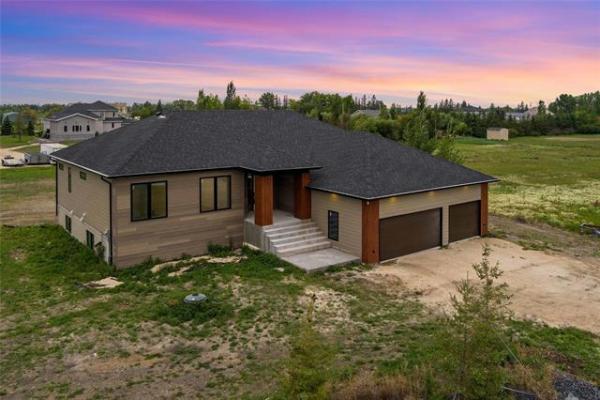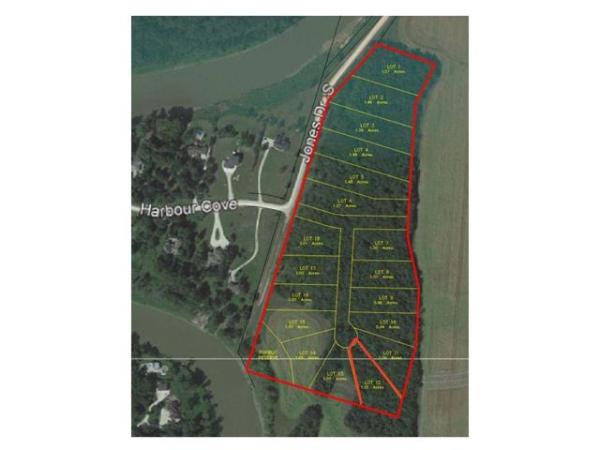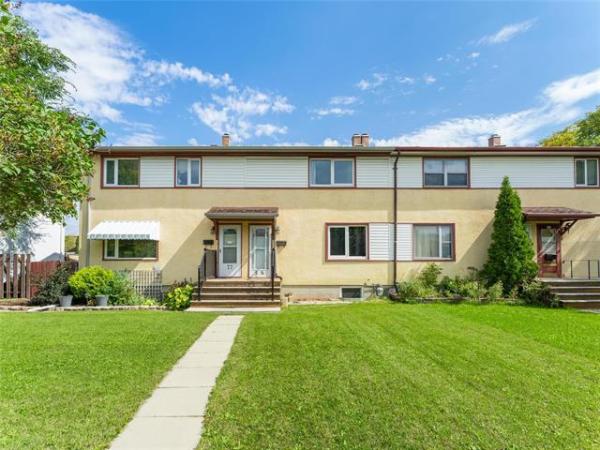QUESTION: I work for a company that builds new homes. On a regular basis, we are getting calls and emails from our homeowners stating that their countertops are lifting at the seam. Upon sending for the trade who installed it to assess it, the answer is always the same: "It's water damage."
This means I then have to send a letter to the homeowner telling them that it's not covered by our warranty, as it happened by their own hand. The problem is that, most of the time, I don't believe the trade. I don't know a lot about countertops, but what I do know is that the seams should be sealed enough that water can't get in. It's happening so often and I can't imagine homeowners pouring mass amounts of water on their countertops. I also don't think the homeowners are leaving sopping wet rags on the seams of their countertops, or whatever it is that the cabinetry trade is suggesting. So lately I'm feeling like we are really screwing the homeowners over by denying warranty on this. What's your take on this? -- P.B.
ANSWER: My "take" on this situation is that both the installer and you are correct. The swelling seam is likely due to water on the counter. But the seam should be glued and sealed properly to avoid this, unless the homeowner is not being diligent in wiping up standing water.
Based on the detail in your question, I am assuming that you are talking about post-formed laminate countertops. These are very popular due to the durability and relatively low cost in relation to other materials such as tiles or granite. These are typically composed of a particleboard core which is covered with plastic laminate. The laminate is heat-formed and bonded to the core with special adhesives. The particleboard is laminated and shaped to provide an integral nosing and backsplash.
This configuration creates an exceptionally well-sealed countertop that prevents moisture intrusion and damage at the front and backsplash. While the laminate surface is highly water-resistant, the particleboard core is exactly the opposite and may easily swell if it remains wet for a relatively short period of time.
The only weak link in this system is at the ends and mitred corners. Because of the nature of this product, right-angle corners are mitred at approximate 45 degrees to allow a tight joint and keep the esthetic appeal of the laminate pattern. These mitres are normally cut in the factory, using precise saws with very sharp blades to minimize chipping of the laminate. Once mitred, the undersides of the angled sections are grooved to allow installation of steel clamps that pull the corner together after assembly.
The assembly of the finished countertop is normally done on site in the new kitchen, due to the difficulty of transporting right-angle countertops. This also allows a precise fit to the cabinets and surrounding walls. If this assembly is not done properly, water leakage into the mitred corner will cause swelling and damage.
It takes a properly trained and skilled carpenter or technician to assemble and seal a mitred corner. The countertop must be fitted and the mitred angle glued, clamped and installed before the glue sets up. If this process is not completed in this limited time-frame, the glue may let go and the mitred joint will not be properly set.
The wood glue normally used to bond the opposite sides of the mitre together is the first part of the sealing process. If a good, tight joint is achieved, the glue will prevent damage to the particleboard from water spilled on the seam.
Even if this first step is done properly, there is one additional requirement to prevent water penetration of the seam. There are specially made "seam fill" compounds available from the laminate manufacturers that are designed to fill the small gap between the laminate, which is almost unavoidable after installation. These come in a range of colours and with instruction manuals for exact colour-mixing combinations to match the multitude of available laminate patterns. The seam-fillers should be applied within a few days of countertop installation to prevent water and dirt penetration into the seams.
My guess is that the installers of the countertops in your homes may be forgoing this final step or improperly installing the seam fill. It's a little tricky to mix the colours properly and apply this material without overfilling the seam, but experienced countertop installers should have no problem with this step. These technicians can do such a good job that the seams will be almost invisible after completion. If the seams are highly visible once your kitchen contractors have left, they likely have not done a proper job.
The final possibility is in the manufacturing process of the countertop. Several years ago, one large local manufacturer had problems with the laminate lifting from the round nosing and backsplash of hundreds of countertops after a few years of use. This was found to be due to defective adhesive, and the manufacturer repaired many of these on site at their expense.
It's possible that your supplier of countertops is experiencing a similar problem with adhesive or core material, enabling the seam to lift after being mitred. This may be more likely if your company purchases all its countertops from the same manufacturer. It would be wise to contact the manufacturer and have them send a service representative to several of your customers' homes to inspect the counters and see if there is indeed a defect in the product, or if the problem is due to poor installation.
Ari Marantz is the owner of Trained Eye Home Inspection Ltd. and president of the Canadian Association of Home & Property Inspectors-Manitoba (www.cahpi.mb.ca). Questions can be emailed to the address below. Ari can be reached at (204) 291-5358, or check out his website at www.trainedeye.ca.
trainedeye@iname.com



